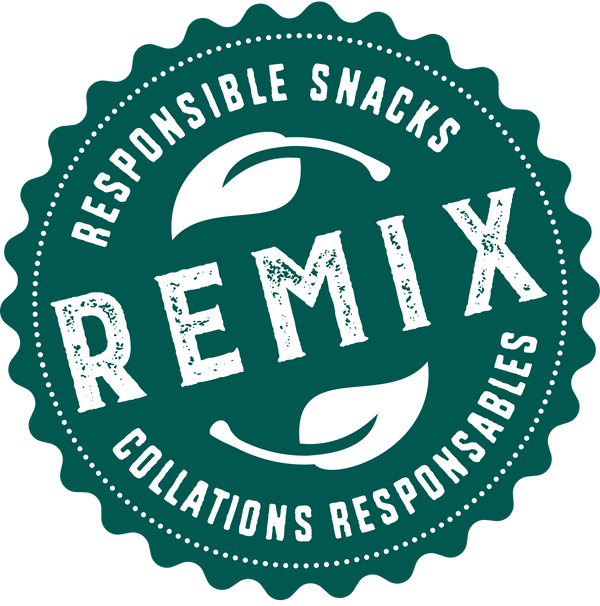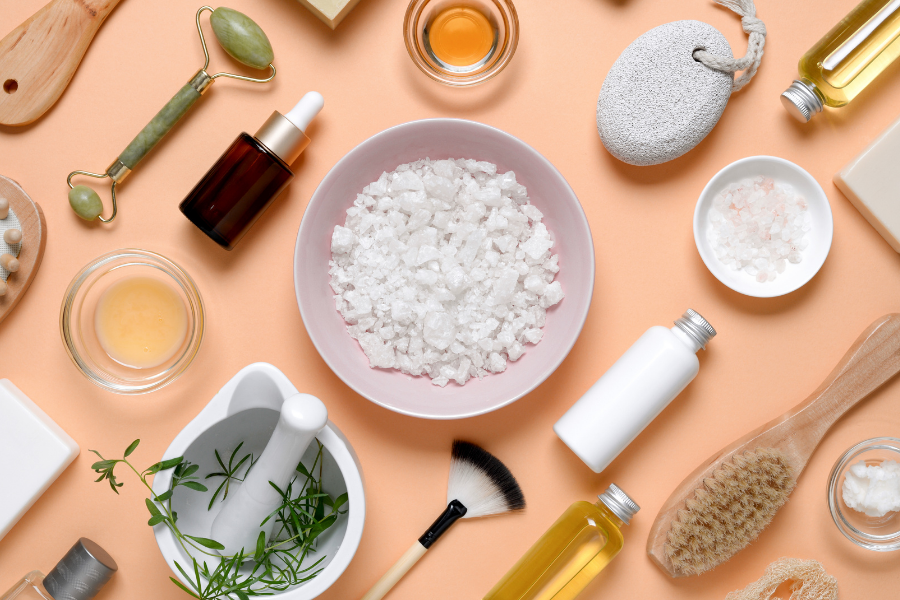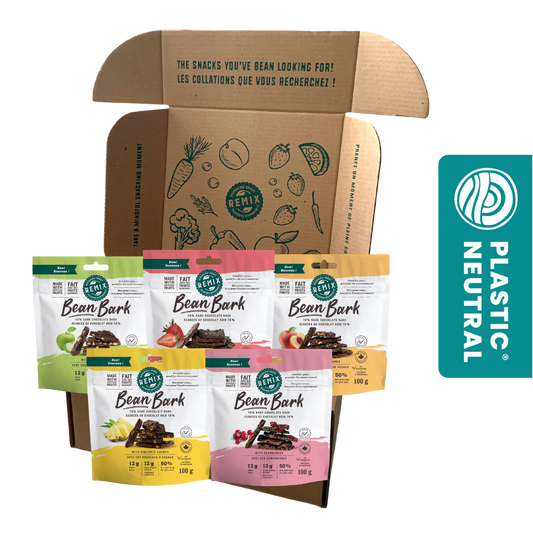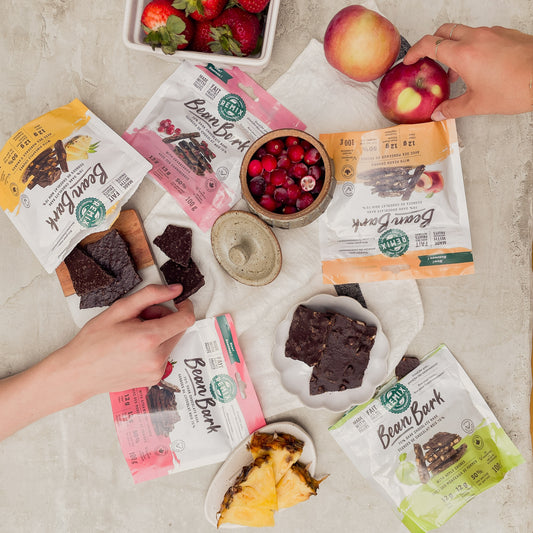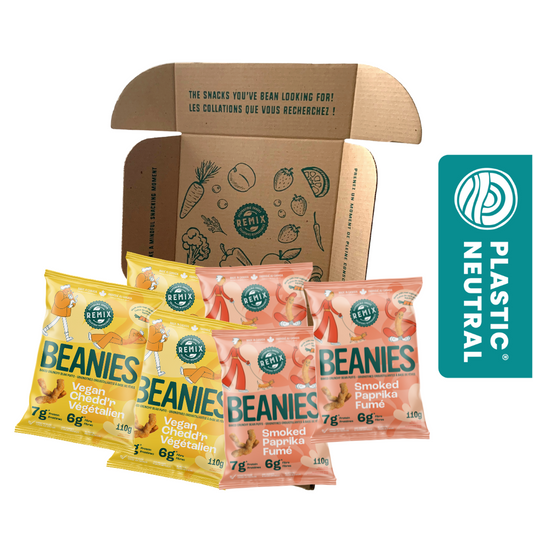
Written by: Equipe Nutrition, October 2021
The relationship between chocolate and acne may best be described as complicated. While foods like pizza, french fries and chocolate have long been suspected of causing breakouts, scientific studies have yet to find a direct connection.
According to the Canadian Dermatology Association, 20 percent of the population, nearly 5.6 million Canadians, are affected by acne (1). Is it any wonder we're looking for something or someone to blame?
What Causes Acne?
The truth is no one factor causes acne. While most people experience their first pimples during puberty, blemishes may persist or pop up at any time. In adulthood, acne is far more likely to affect women than men (2).
Regardless of age, acne erupts when an overaccumulation of sebum, dead skin cells or bacteria get trapped in the pores. Known acne triggers include:
- Hormones
- Stress
- Genetics
- Medications
- Makeup and hair care products
- Diet
As the most common skin condition seen by doctors, the connection between acne and diet has been studied for decades. In 2016, the National Institutes of Health reported that there's no conclusive evidence that chocolate specifically triggers acne. However, the data does point to dairy (3) and high glycemic index (4) foods as possible culprits.
What Are High Glycemic Index Foods?
High glycemic index foods are high in refined carbohydrates and sugar, such as white bread, white rice, pretzels, crackers, and pop (5).
High glycemic index foods may be bad for acne-prone skin because they cause spikes in blood sugar and insulin. These spikes are known to exacerbate inflammation and sebum production in the body, which can increase your risk for blemishes and make existing acne worse.
A Healthy Diet for Healthy Skin
Though sugar, dairy and processed foods have been shown to disrupt the gut biome and trigger inflammation and acne, there are plenty of acne-fighting foods that may support collagen, elastin, and hydration in the skin to give you a smoother, clearer complexion:
- Citrus fruits
- Berries
- Leafy greens (spinach, kale, etc.)
- Fatty fish (salmon, mackerel, etc.)
- Nuts
- Dark chocolate
The Health Benefits of Dark Chocolate
The good news for chocolate lovers is that cocoa in its raw or pure form may actually be beneficial to your skin and overall health (6). So while it's true a milk, white or gooey caramel chocolate bar is not your best choice, dark chocolate made with 70-85% cocoa provides antioxidants as well as significant amounts of important micronutrients like iron, copper, magnesium, manganese, potassium, zinc, phosphorus, selenium and fiber.
Dark chocolate may even help protect the skin from harmful UV rays (7). Of course, everyone is different and how your own skin reacts to chocolate or any food is all that matters. If you're interested in learning more about how you can achieve a healthier complexion with your food choices, book an appointment with a dietitian or nutritionist for support.
This article was written by TeamNutrition’s Registered Dietitians. Their team offers nutrition consultations online and in over 80 offices across Canada, including Toronto.
References:
1. https://dermatology.ca/public-patients/skin/acne/
2. https://www.ncbi.nlm.nih.gov/pmc/articles/PMC5300732/
3. https://pubmed.ncbi.nlm.nih.gov/19709092/
4. https://www.ncbi.nlm.nih.gov/pmc/articles/PMC4866623/
5. https://www.diabetes.ca/managing-my-diabetes/tools---resources/the-glycemic-index-(gi)
6. https://pubmed.ncbi.nlm.nih.gov/16702322/
7. https://academic.oup.com/jn/article/136/6/1565/4664397
